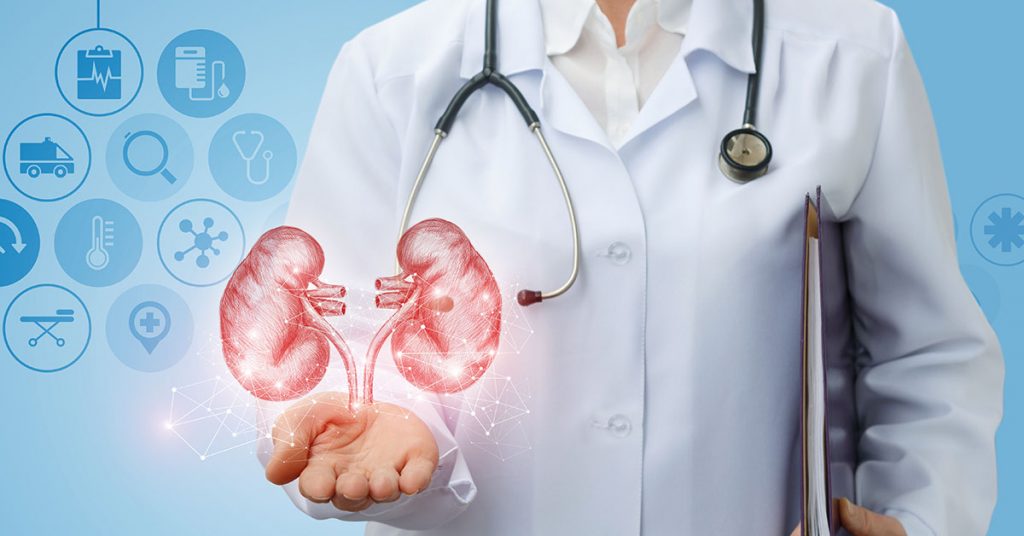Dialysis / Nephrology
Dialysis and Nephrology are closely related fields focused on kidney health and function. Dialysis is a treatment for kidney failure, where the kidneys can no longer filter waste and excess fluids from the blood. Dialysis helps maintain the balance of fluids and electrolytes and removes toxins from the body when the kidneys fail to do so. Nephrology is the medical specialty focused on diagnosing and treating kidney-related conditions, such as chronic kidney disease (CKD), acute kidney injury (AKI), high blood pressure, and electrolyte imbalances. Nephrologists aim to manage and preserve kidney function and address conditions that can lead to kidney failure.



